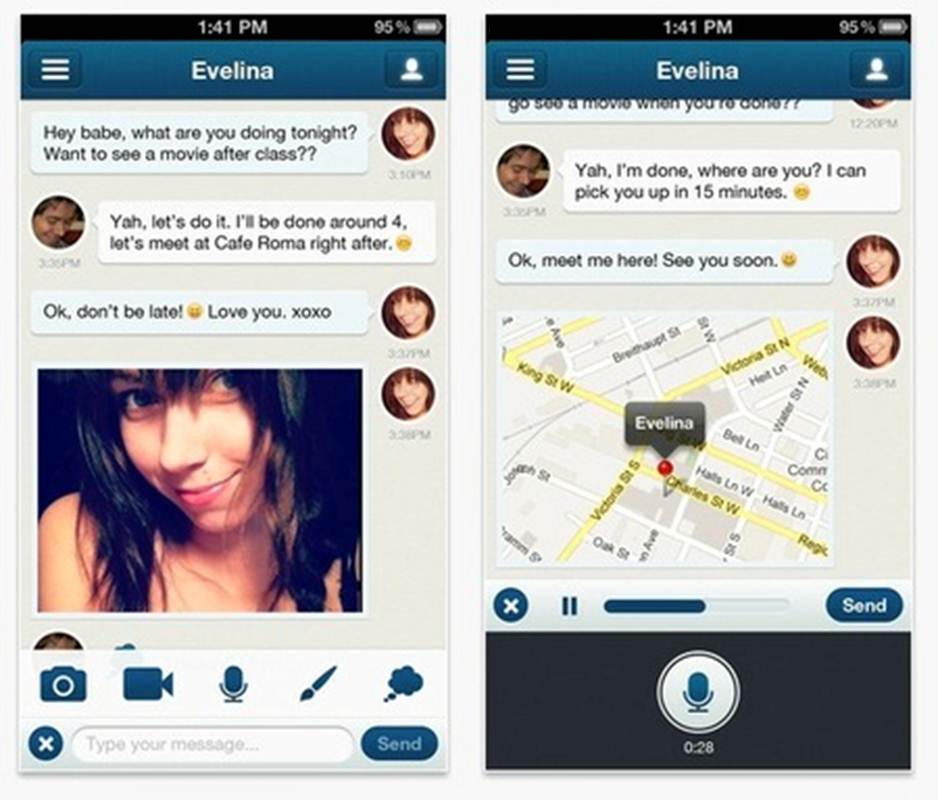The sixth sense is digital
Brands increasingly want to connect with their customers on an emotional level. One way to do this is by looking more holistically at products and services from the experience perspective. Triggering the senses plays a vital role in creating these moments. But what if your product isn’t physical, but digital?Two of the events I attended last month inspired me to think about ‘the digital sense’. Qualitative 360 Europe was hosted on 17 and 18 April by Merlien in Berlin, bringing together professional researchers, consumer insights specialists and academics to discuss cutting-edge research strategies for qualitative research. Tom De Ruyck presented a vision on Universal Brands and, together with Tom Armstrong from Vodafone, I shared how we involved users in the development of new Internet services. A very different event took place on April 25 at Idealabs in Antwerp; Internet of Things: Connected products. I hope you enjoy the mash-up of my thoughts on these two conferences!
Connecting through the digital sense
Virtual products such as websites, mobile applications and software are being developed at lightning speed. Although it’s a challenge for these services to relate to all senses – sight, hearing, smell, taste and touch – and the experience is also depending on ‘external’ factors such as the device and context of usage, a large number of digital products succeed in creating an emotional link with their users. Our Social Media Around The World 2012 study reveals that smartphone users install 22 apps on average on their device, 9 of which are used at least weekly; the most popular ones are social network applications. People switch seamlessly between online and offline as they access their content and connections through the digital sense.
Although they are not waiting for the next social network, unique ways of connecting with people – like Instagram – can still be successful. A great example of a new application that relates to consumers through the digital sense is Couple. It is emphasizing the emotional connection you have with your partner by creating a timeline just for two, where you can post video messages and photos that no one else will see. It gets truly sensorial with the ThumbKiss – a feature which shows you where your partner is touching their screen so you can touch the same spot on yours, making both phones vibrate simultaneously.

Connecting with the digital sense
The next challenge for virtual products is to create an emotional connection from within the product, beyond the content and connections it can provide. Luckily (and surprisingly) people are actively looking for connections with the products around them. This became clear in the presentation by Jan De Koster from Slightly Overdone at Idealabs. It only took eyes and eyebrows to give his Yummy machine a character of its own; his children even perceive it as part of the family! Although this is not a quest for placing eyes on applications and Internet services, connecting with the digital sense might be the key for users to adopt your service. Major players are already heading in this direction. Apple’s Siri is improving its dialogue interaction and Evernote is showing a smart side by automatically taking over the subject of the meeting in your calendar when you start a new note during that meeting.

Google Now is even taking it a step further; the personal assistant by Google doesn’t only answer user-initiated questions. Answers are served without a user needing to enter a query, based on search habits. Although these developments are exciting, they can also freak out their users. In the world of Yummy and other robotics, this principle is known as the ‘uncanny valley’. The more services connect with the digital sense, the higher the emotional response of the user will become, resulting in a loyal relationship. When this exceeds what users can process and understand, it creates a feeling of discomfort, failing to relate to the user. A thorough understanding of people’s needs and expectations is required to avoid this.
Understanding through the digital sense
As there is more to digital media than meets the eye, gaining a holistic view on the usage, experience and context becomes more and more important. This was also one of the challenges Vodafone was facing in the development of 10 new Commercial Services in 2012. To understand the relevance, performance and customer journey from discovery to adoption, we tapped into the digital sense by setting up a global user trial program or Consumer Consulting Board in 6 key markets. Connecting with users through both the online community and the mobile community application provided us with a longitudinal understanding of the experience and allowed the Vodafone smartphone apps to meet and surpass customer expectations; connecting with users through and with their digital sense.
Services like Cloud, Contacts and joyn were developed to connect the target group of first-time smartphone users with their contacts and content through the digital sense. Guardian helps families teach their children how to responsibly use their mobile and the Internet. Just like a drivers permit, it gradually teaches children about responsibilities and permissions as they level up with the digital sense. In addition to providing contextual understanding and guiding the further development and go-to-market of the services, the robust approach of the Consumer Consulting Board also ensured the internal teams at Vodafone acted on the results.
Our presentation can be accessed via the link below; don’t hesitate to get in touch and share your thoughts and ideas on the sixth sense.




